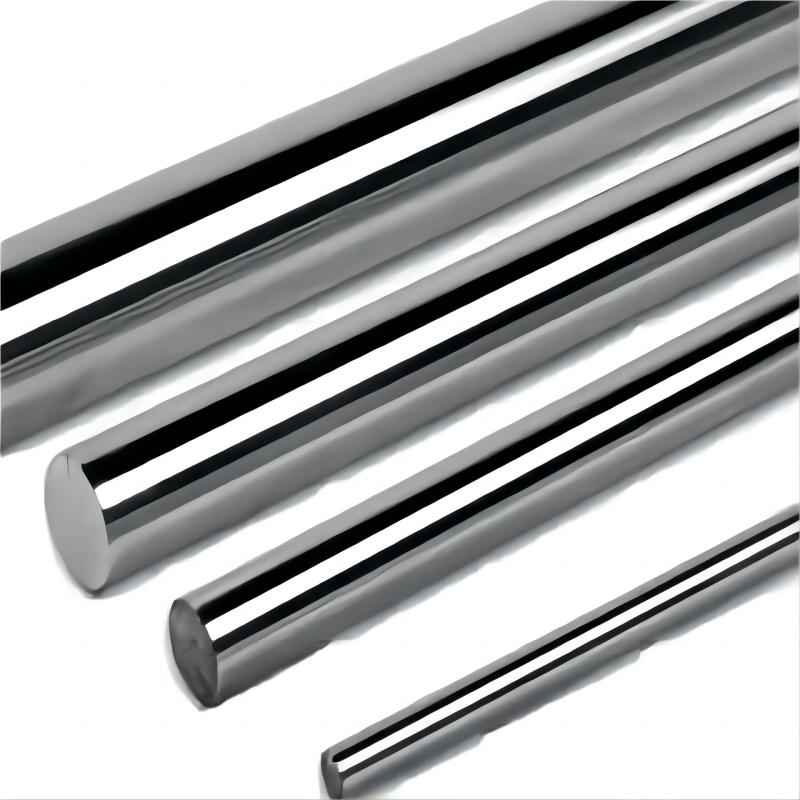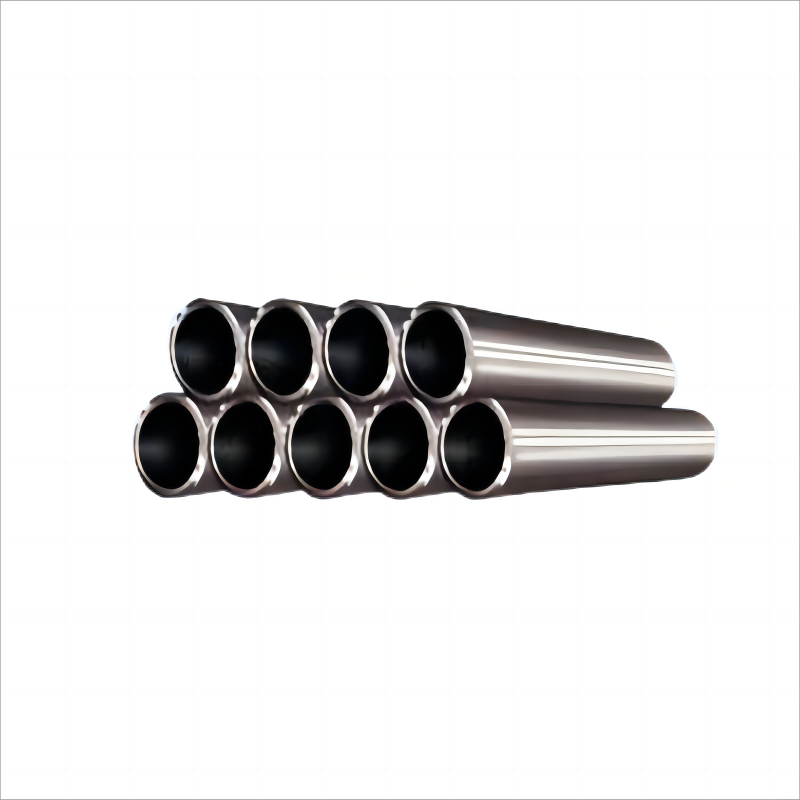
Top Tips for Maintaining Your Piston Rods Like a Pro!
2024-07-16 07:45:45
Introduction
Maintaining piston rods is a critical aspect of ensuring the efficiency and longevity of machinery in various industries, including automotive, aerospace, and heavy equipment. As an engineer or a purchasing manager, understanding the nuances of piston rod maintenance can save you significant time and money, reducing downtime and enhancing productivity. This article will provide you with professional, actionable tips to maintain piston rods like a pro.
Understanding Piston Rods and Their Role
Overview of Piston Rod Functionality
Piston rods are fundamental components in many types of machinery. They transmit the force generated in the piston to the crankshaft, converting linear motion into rotational motion. This process is crucial in engines, compressors, and hydraulic systems. Without a well-functioning piston rod, these systems would fail to operate efficiently.
Common Issues and Their Impacts
Over time, piston rods can suffer from various issues such as wear and tear, corrosion, and misalignment. These problems can lead to decreased performance, increased fuel consumption, and ultimately, system failure. Understanding these common issues is the first step in effective maintenance.
Establishing a Maintenance Schedule
Importance of Regular Maintenance
Preventative maintenance is far more cost-effective than reactive repairs. Regular maintenance helps identify potential issues before they become major problems, thereby reducing downtime and extending the life of your machinery. It is an investment that pays off in the long run.
Creating a Maintenance Calendar
Establishing a maintenance calendar is crucial. This calendar should outline the frequency of inspections, cleaning, lubrication, and alignment checks. For instance, in high-demand periods, such as peak production seasons, maintenance checks might need to be more frequent.
Involving Stakeholders
Maintenance should not be the sole responsibility of the maintenance team. Engaging engineers, technicians, and purchasing managers in the process ensures a comprehensive approach. For example, engineers can provide insights into design aspects that may affect maintenance, while purchasing managers can ensure that high-quality replacement parts are always in stock.
Key Maintenance Practices
Inspection Techniques
Visual inspections are a primary method for identifying issues such as wear, corrosion, and misalignment. However, internal inspections using diagnostic tools are also essential. These tools can detect internal cracks and weaknesses that are not visible to the naked eye.
Personal Anecdote: I recall a time when a visual inspection missed a hairline crack in a piston rod, leading to a catastrophic failure a few weeks later. Since then, we’ve always supplemented visual inspections with ultrasonic testing.
Cleaning Procedures
Regular cleaning prevents the buildup of contaminants that can lead to corrosion and wear. Use recommended cleaning agents and methods specific to the type of machinery you are dealing with. For example, industrial degreasers are effective for heavy machinery, while lighter solutions may be suitable for smaller equipment.
Lubrication
Proper lubrication is essential to reduce friction and wear. Choose lubricants that are appropriate for your specific application. Apply lubricants evenly to ensure all parts of the piston rod are adequately covered.
Personal Anecdote: In one of our projects, switching to a high-performance synthetic lubricant reduced the wear rate of piston rods by 30%, significantly extending their service life.
Alignment and Calibration
Proper alignment ensures that the piston rod operates smoothly and efficiently. Misalignment can cause excessive wear and even damage the rod and the piston. Use precision tools to check and correct alignment regularly.
Common Maintenance Challenges and Solutions
Identifying Early Signs of Failure
Early detection of issues is key to preventing major failures. Look for signs such as unusual noises, vibrations, and changes in performance. Use sensors and monitoring systems to detect these signs early.
Troubleshooting Common Issues
When issues are identified, a structured troubleshooting approach is essential. For example, if a piston rod shows signs of excessive wear, check for proper lubrication and alignment. If these are in order, investigate other potential causes such as material defects or operational overload.
Dealing with Environmental Factors
Environmental factors such as humidity, salt, and extreme temperatures can accelerate wear and corrosion. Protect piston rods by using corrosion-resistant materials and coatings. In harsh environments, more frequent inspections and maintenance are necessary.
Advanced Maintenance Strategies
Predictive Maintenance
Predictive maintenance uses data and analytics to predict when maintenance should be performed. This approach minimizes downtime and maximizes the lifespan of piston rods. Implementing predictive maintenance involves using sensors to collect data and software to analyze it.
Case Study: One manufacturing plant implemented predictive maintenance and saw a 20% reduction in unexpected breakdowns, saving thousands of dollars in repair costs.
Using Technology
Advanced tools and technologies can greatly enhance maintenance routines. For example, infrared thermography can detect overheating components, and vibration analysis can identify misalignment and imbalance.
Training and Development
Continuous training for maintenance personnel is crucial. Regular training ensures that the team is updated on the latest maintenance techniques and technologies. Provide access to resources such as workshops, online courses, and industry certifications.
Case Studies and Real-World Examples
Successful Maintenance Programs
Several leading companies have implemented successful maintenance programs that can serve as models. For example, a top automotive manufacturer established a rigorous maintenance schedule that included daily inspections and bi-weekly full-system checks, resulting in a significant reduction in breakdowns.
Example: A heavy equipment manufacturer developed a comprehensive training program for their maintenance team, leading to a 15% improvement in equipment uptime.
Innovative Approaches
Innovative maintenance strategies, such as using drones for inspection and AI for predictive maintenance, are becoming increasingly popular. These technologies offer new ways to enhance efficiency and accuracy in maintenance routines.
Conclusion
Maintaining piston rods is a critical task that requires regular attention and the right approach. By understanding the role of piston rods, establishing a robust maintenance schedule, implementing key maintenance practices, and leveraging advanced strategies, you can ensure the longevity and efficiency of your machinery. Stay proactive, invest in the right tools and training, and continuously improve your maintenance processes to keep your operations running smoothly.






